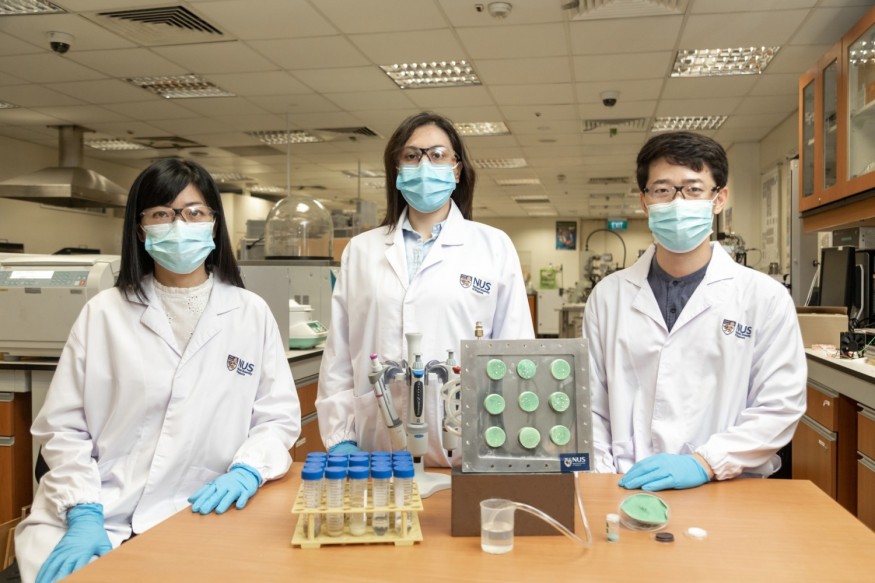There has been a couple of movies about a dystopic future where everyone battles to the death over minuscule drops of water.
Many scientists and doomsday preppers are afraid that the dystopic waterless future might eventually come into existence. They are afraid that wars will be fought over water.
But, researchers from the National University of Singapore might have found a way to avoid those movies from being our reality.

The idea that water will be the most fought-over resource in the future was not a result of some imaginative paranoia.
As of the current day, people around the world are already struggling to find enough water to keep living. Despite countless of modern technological advancements, many are still experiencing a severe lack of pottable water or intense droughts.
Fortunately, the Singapore based research and development team managed to develop a substance that extracts water from air without using any external power source.
This scientific achievement can change the course resource distribution. It can produce water from more sources other than the traditional reservoirs or springs. Many overlooked water sources can finally be utilized.
The Earth's internal atmosphere alone has enough water to almost half a trillion Olympic swimming pools. One can only imagine if those waters are harvested.
Related Article : The Diminishing California ‘Fossil Water'
How does this work?
To extract water from this under-used source, a team led by Professor Ho Ghim Wei from the NUS Department of Electrical and Computer Engineering created a type of aerogel. Aerogel is a solid material that weighs almost nothing.
It looks like a sponge under the microscope, but it does not have to be squeezed to release the water it absorbs from the air. It also does not need a battery. In a humid environment, one kilogram of it will produce 17 liters of water a day.

The polymers that buildup the polymer can switch between attracting and repelling water. The aerogel will then autonomously gather water molecules from the air, condense them into a liquid, and release them afterward.
As long as there is sunshine, the smart structure can further boost the water release by transitioning to a complete water-hating state.
And it is very good at that. 95 percent of the water vapor that goes into the aerogel comes out as water. In laboratory tests, the aerogel gave water non-stop for months.
Why is this "smart" aerogel different from other alternate water providing devices?
In the past, many scientists have created similar devices; those products also met the World Health Organization (WHO)'s standards for drinking water. But, what made the smart aerogel different and better is that it does not require external power sources.
Other scientists have previously devised ways to extract water from the air, but their designs had to be powered by sunlight or electricity and had moving parts that had to be opened and closed.
The researchers are now looking for partners to upscale the production to be used for domestic or industrial purposes.
"Given that atmospheric water is continuously replenished by the global hydrological cycle, our invention offers a promising solution for achieving sustainable freshwater production in a variety of climatic conditions, at minimal energy cost," said Professor Ho.
For more environmental news, don't forget to follow Nature World News!
© 2025 NatureWorldNews.com All rights reserved. Do not reproduce without permission.





